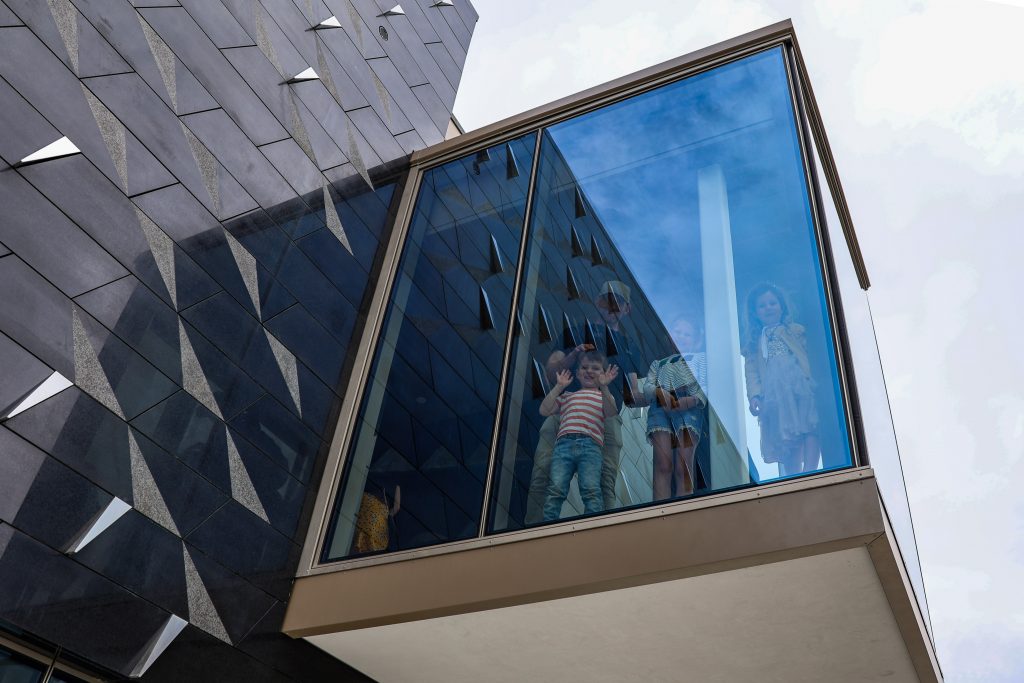Te Whare o Rehua Sarjeant Gallery was founded through the generosity of one man to his home city. In 1912, Henry Sarjeant left a huge sum of money – the equivalent of over $70 million in today’s terms – to establish the gallery “as a means of inspiration for ourselves and those who come after us”.
The Gallery opened in 1919 and is recognised as one of the country’s most important heritage buildings. Over the last one hundred and fiver years, through Henry Sarjeant’s bequest and the many kind gifts of subsequent benefactors, the collection has become one of national importance and numbers over 9 000 works of New Zealand and international art, spanning 400 years. The Sarjeant Collection includes the one of New Zealand’s best photographic collections, which includes the Denton Collection, and outside private collections – the gallery houses the largest holding of Edith Collier’s work.
Exhibitions and events are updated seasonally and the gallery hosts a dynamic programme of public events. See sarjeant.org.nz
The gallery is free to enter and open every day excluding Christmas Day, Good Friday, and ANZAC Day morning.



